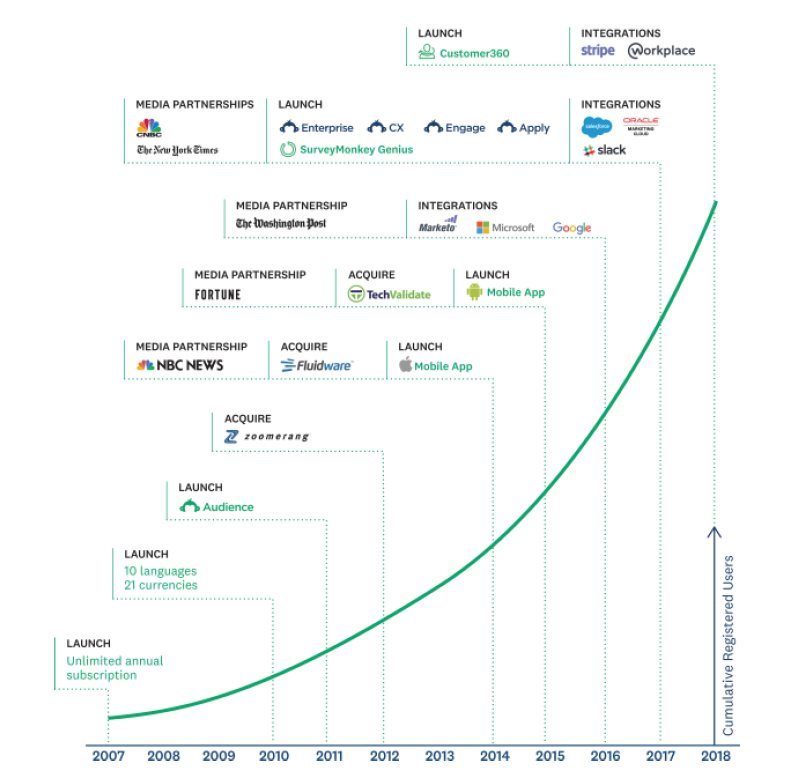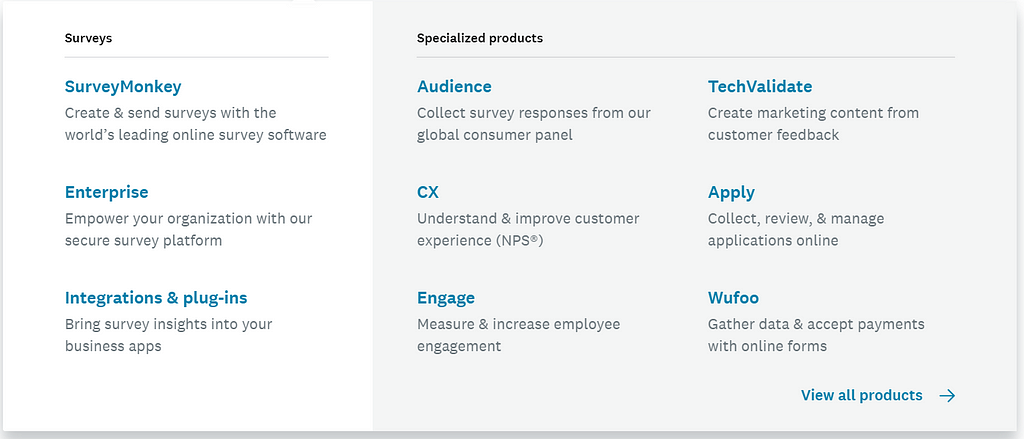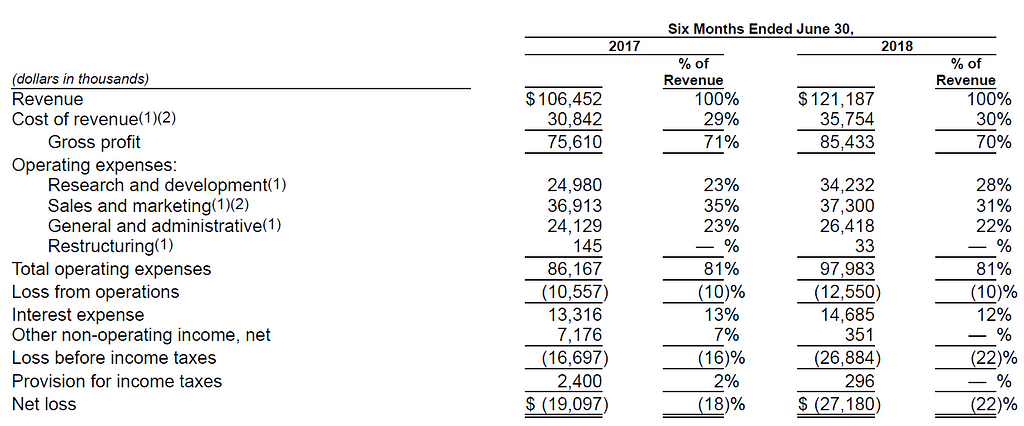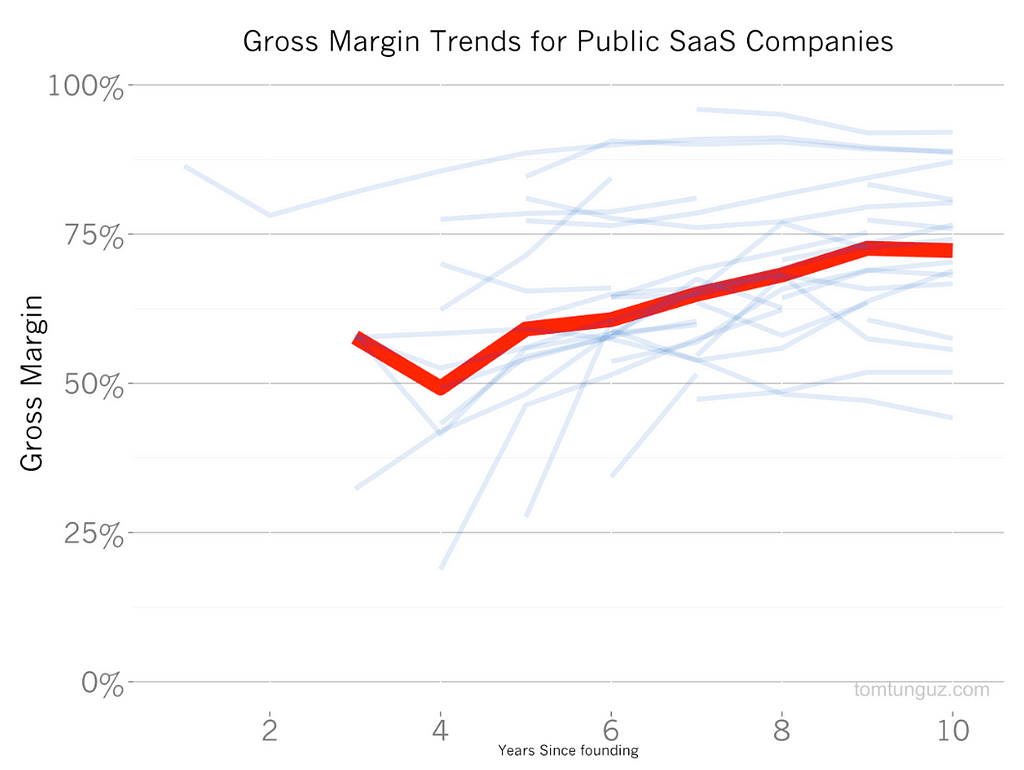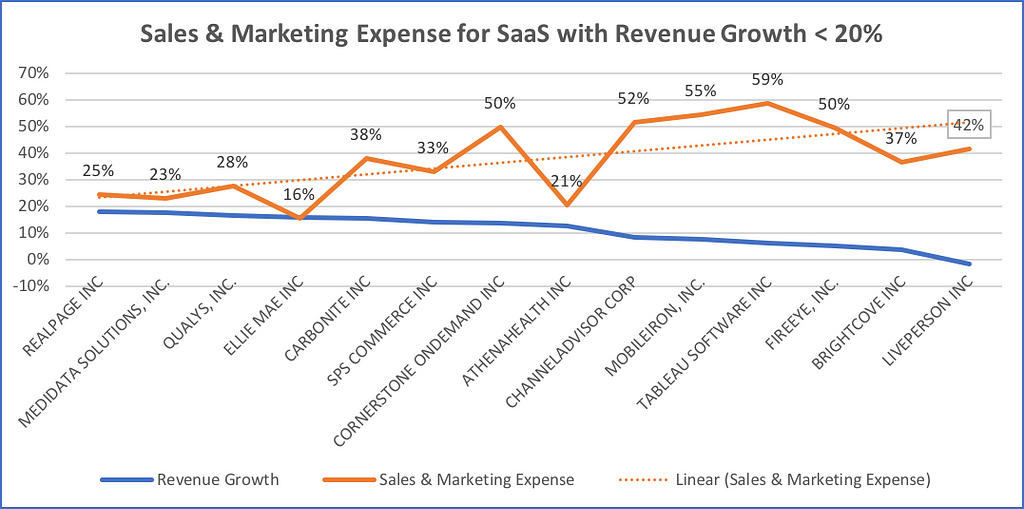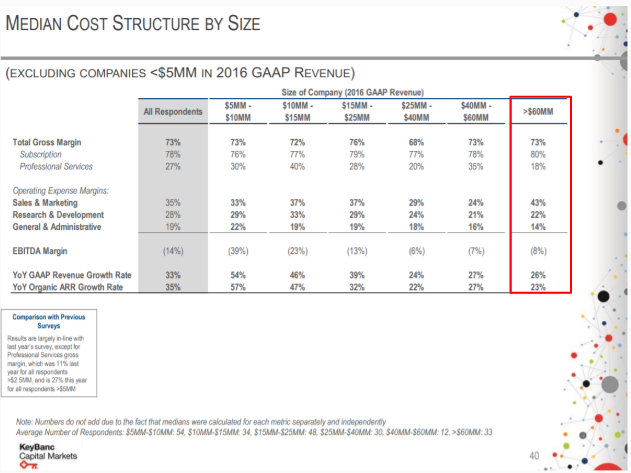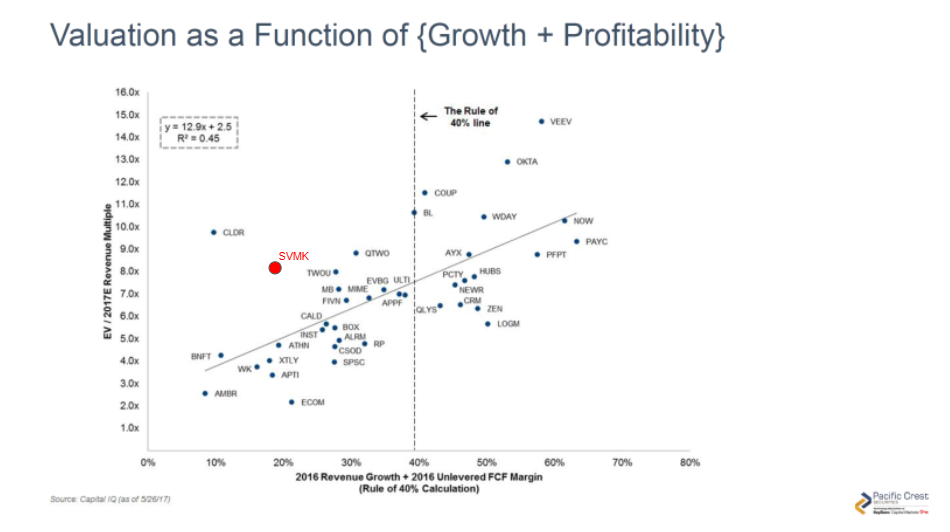Latest news about Bitcoin and all cryptocurrencies. Your daily crypto news habit.
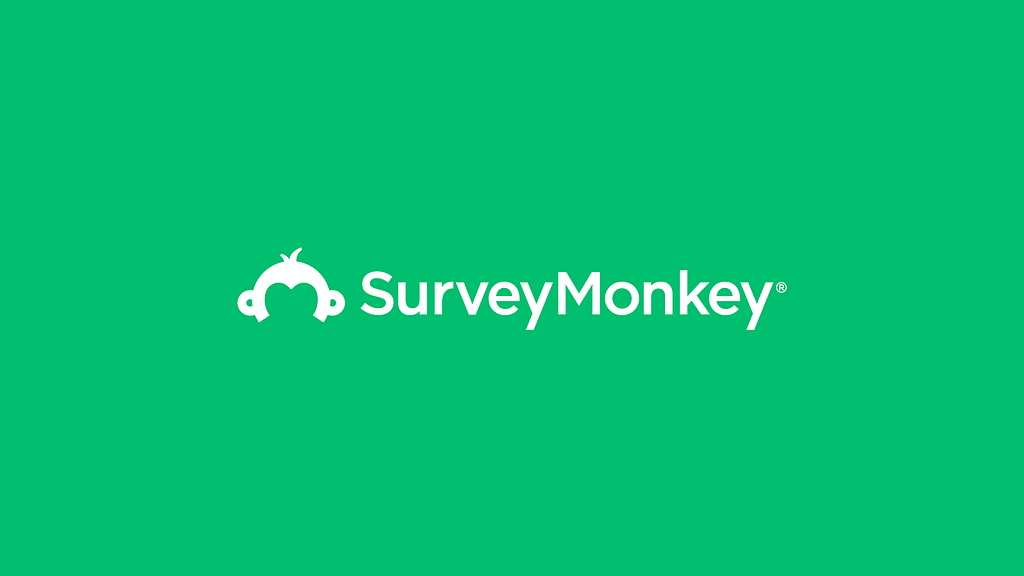
Company Overview
SurveyMonkey(SVMK) went public last month raising ~$180 million in public markets and started trading on NASDAQ under the ticker SVMK. It sells online survey SaaS products that help individuals and organizations collect and measure feedback. Some of the use cases are market research, gather data from customers, employee and customer engagement measurement, etcetera.
Started in 1999 as a simple online survey tool, SVMK has grown into a suite of products by extending the core product, launching new product lines, acquiring companies, and integrating with partners.
Here is a timeline of product launches, acquisitions, and partnerships over the last ten years
Customers use SVMK products to generate more than 20 million answers daily in more than 190 countries and territories. Along with their flagship survey product for both self-serve and enterprise customers, SVMK also has very specialized use case products: Audience, CX, TechValidate, Engage, Apply, Wufoo, etcetera.
Funding
According to Crunchbase, SVMK, before IPO, had raised a total of $1.1 billion in funding — in both debt and equity. In the last round of financing in 2014, the company was valued at $2 billion. Thus, a $12 price point on IPO valued the company at ~$1.5 billion — a down round from the last valuation. At the time of IPO, Tiger Global is the largest shareholder — and still is — with a stake of 29%, followed by Sheryl Sandberg, COO of Facebook, at 10%, and whose late husband, David Goldberg, was the CEO of SVMK.
Users & Growth
SVMK has an efficient, self-serve model, making it easier for them to acquire customers at scale. Since inception, SVMK has attracted a total of over 60 million registered users, 16 million of those were active within the past year itself.
The viral nature of the product — signed “Powered by SVMK” at the end of every survey form — makes the user acquisition efficient. It’s not surprising then that 80% of individual paying users either come directly through their website or organic search.
Out of the total 16 million total active users, 616,000 are paid ones (in Q2 2018), implying a healthy free-to-paid conversion of 3.85%. In comparison, Dropbox, another IPO from the class of 2018, has a free-to-paid conversion of ~2%.
These paying users are across 300,000 organizational domains (meaning that people have created an account using @organization.com email account) and cover 98% of the Fortune 500 companies. Though most of these 300,000 customers are on the self-serve model, SVMK also has organization-level contracts with over 2,900 customers bringing in 12% of the total revenue.
Even though the paid user base is huge, but if we look at the growth rate of paid users, it seems that SVMK has hit a wall: paid users grew by only 3% YoY from 598,000 in Q2 2017 to 616,000 in Q2 2018.
However, revenue in the same period increased by 18.7% from $102.1 million to $121.2 million. Why are revenue and user growth rates so divergent? The reason: change in individual user plans in 2017 that offered more functionality at a higher price. Due to which, ARPU(Average Revenue Per User) increased from $350 in 2017 to $400 in 2018, contributing 80% towards the total increase in revenue from Q2 2017 to Q2 2018; rest 20% came from user growth. It shows the pricing power of SVMK’s products over their customer base.
“The single most important decision in evaluating a business is pricing power. If you’ve got the power to raise prices without losing business to a competitor, you’ve got a very good business. And if you have to have a prayer session before raising the price by 10 percent, then you’ve got a terrible business.” Warren Buffet
However, can SVMK afford to change plans and pricing anytime soon again? If not, the next question is, where would the future growth come from?
Can it grow by significantly reducing the customer churn or by selling more to their existing customer base? Which brings us to another two critical growth drivers of a SaaS business.
Retention and Expansion
Retention
SVMK S-1 doesn’t provide a detailed cohort level churn of their customer base to decipher whether the churn has degraded or improved in the recent years. Though, their overall churn numbers already look healthy: In 2017, over 75% of revenue was from existing customers from previous years. For H2 2018, approx. 75% of the annualized revenue from domain-based customers was from customers who have been paying SurveyMoneky for the past three years. Therefore, I don’t see much growth in revenue coming from any significant reduction in churn in the near future.
Expansion
Dollar-based net retention rate, which is how much revenue a company can retain from existing customers after accounting for churn, upsells, cross-sells, expansion, for individual users on the annual plan is 80%, and organizational dollar-based net retention rate is consistently above 95%.
While net retention rate for individual numbers isn’t bad, it’s significantly lower than organizational dollar-based net retention rate. Thus, a change in the customer mix towards more organizational level customers can materially impact the growth trajectory of the company.
SVMK S-1 also throws some light on the company’s plans in that direction. It plans to acquire more of organization-level customers by building a sales force, which according to SVMK “has historically been limited” because of the self-serve nature of the product.
Though, SVMK has significant penetration in the organizations. 300,000 organizational domains across their 600,000 paying customer base, and paying users in 98% of the Fortune 500 companies. However, most of these are on a self-serve model and don’t have any organization level contract with the company.
To drive future growth, Survey Monkey is betting on bringing these customers under organizational-level contracts. To bolster its efforts in the direction, it also launched a new product this year, Customer 360.
“Customer 360 is our proprietary, signal-based system, fueled by our data science models that analyze usage patterns and signals across our entire user base to identify opportunities to convert active users to paying users, upsell organizations to enterprise accounts, expand existing enterprise relationships and cross-sell purpose-built solutions.”
However, targeting organizational-level customers can significantly change the business model for the company. If that happens, how will and — and by how much — will the financial metrics change?
Financial Metrics
This one graph in any company’s financials that tells more about the company’s business model than anything else.
Gross Margins are healthy and above 70%, which is in-the-range of most public SaaS companies in the US. However, it’s still slightly lower than other SaaS companies, which are as mature as SVMK is, as you can see from the image below (data is four years old, but numbers wouldn’t be widely different).
If the customer mix changes more from self-serve to organization-level contracts, gross margins are going to come down further as personnel costs of serving enterprise customers will be much higher than a self-serve customer.
Another line item that might significantly change is Sales and Marketing (S&M) expense. Through the self-serve model and built-in virality of the freemium product, SVMK has been able to keep its S&M expense low (approx. 32% of revenue over the last year) vs. the average of other well-known public SaaS companies (42%) experiencing the same growth rate.
However, more focus on enterprise customers will require building a sales force, thereby increasing S&M expense and impacting overall margins of the business. If S&M expense increases, will it be able — or can afford to — bring down its R&D and SG&A expense, to keep the EBITDA in current, healthy range of close to 25%?
The stock popped up 56% on the day of IPO, opening at $18.75. However, at the time of writing this post is trading slightly below $13, which gives the company an enterprise value of approximately $1.85 billion, implying that it is trading at 8.29X the TTM (Trailing Twelve Months) revenue.
If we’ve to plot the valuation multiple vs. growth rate of SVMK and compare it with other SaaS companies, it will show somewhere around that small red circle in the image below.* Removing the impact of the price increase, which accounted for 80% of the growth last year, will move the red circle further toward the left.
After paying for $100 million in debt, company plans to use rest of the $120 million in proceeds towards the expansion. It will be interesting to watch how effectively SVMK can use the money to expand its sales efforts and grow further.
Feel free to leave any comments if you’ve been looking at the company and have any interesting thoughts to add.
* Revenue multiples for other companies are calculated using FTM (Forward Twelve Months), which we don’t have in case of SVMK, yet.
Thanks Alfonso for reading the drafts and suggesting the edits.
Disclaimer: All views expressed in the article are my own and don’t represent the opinions of any organization I’m associated with. Also, I don’t hold any position in SVMK stock.
SurveyMonkey IPO: What to make of it was originally published in Hacker Noon on Medium, where people are continuing the conversation by highlighting and responding to this story.
Disclaimer
The views and opinions expressed in this article are solely those of the authors and do not reflect the views of Bitcoin Insider. Every investment and trading move involves risk - this is especially true for cryptocurrencies given their volatility. We strongly advise our readers to conduct their own research when making a decision.
